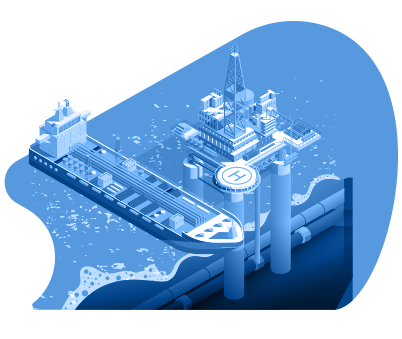
Similar to analytical data modeling, employing advanced data management techniques within the big data ecosystem can aid in achieving a shipbuilding process that is faster, less expensive, and offers improved quality control.
Signup for our newsletter to get notified about sales and new products. Add any text here or remove it.

Similar to analytical data modeling, employing advanced data management techniques within the big data ecosystem can aid in achieving a shipbuilding process that is faster, less expensive, and offers improved quality control.
Forecasts demand using customers’ and types of ships’ information and ways of manufacturing with various sets of tasks and difficulties.
By leveraging advanced analytics and predictive modeling techniques, the framework identifies optimal configurations for shipbuilding lines, ensuring efficient resource utilization and minimizing production bottlenecks.
Analyzing data on product demand, inventory levels, and resource availability empowers fine-tuning production schedules and reduces periods of inactivity.
Involves simulating production processes, evaluating product sequences, and identifying potential bottlenecks to streamline assembly line operations. Data lineage tracking and audit trails ensure transparency and accountability in the optimization process.
Data-driven analysis of workforce skills, productivity, and production requirements enables to optimization of shift scheduling and staffing levels.
Reduce therate of defective parts by root cause analysis and action.
Leveraging predictive analytics to get better energy consumption and quality forecasts to have maximum economic efficiency.
: By leveraging data analytics to identify potential efficiency drops and mitigate production disruptions. Data governance practices, such as data access controls and data monitoring, ensure the integrity and security of production data.
.